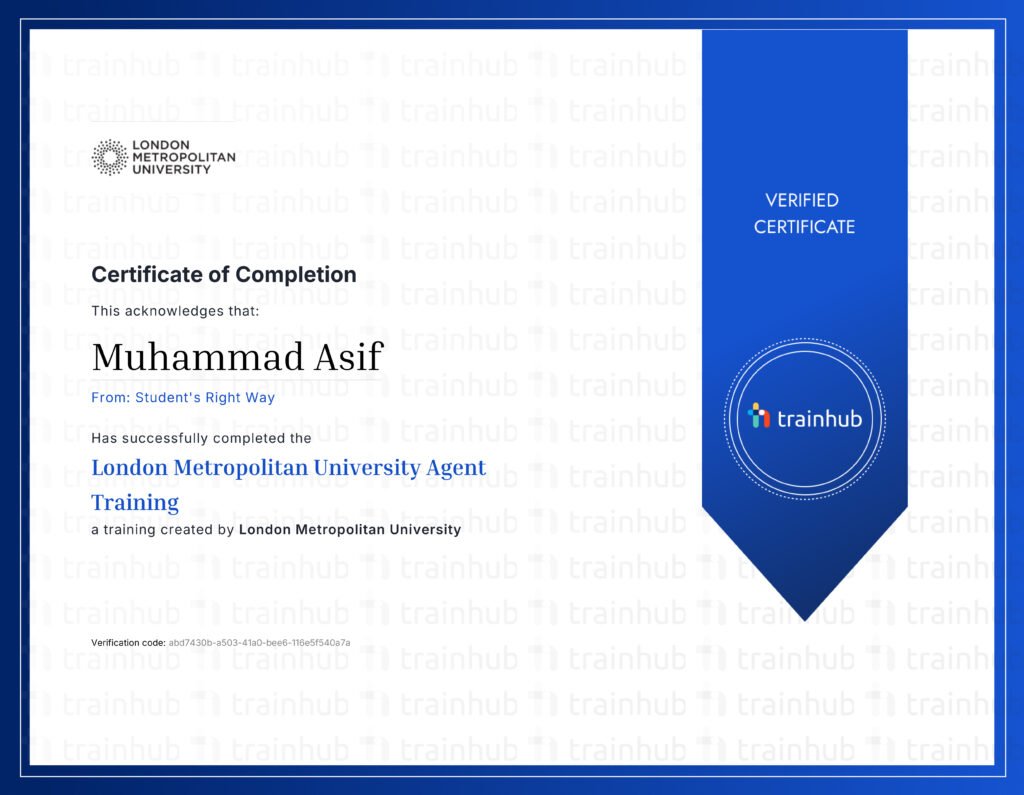
IELTS (International English Language Testing System), is an international standardized test of English language proficiency. It is jointly managed by University of Cambridge ESOL Examinations, the British Council and IDP Education Pty Ltd, and was established in 1989.
Versions of IELTS
There are two versions of the IELTS: the Academic Version and the General Training Version:
The Academic Version is intended for those who want to enroll in universities and other institutions of higher education and for professionals such as medical doctors and nurses who want to study or practice in an English-speaking country.
The General Training Version is intended for those planning to undertake non-academic training or to gain work experience, or for immigration purposes.
Where is it accepted?
IELTS is accepted by most Australian, British, Canadian, Irish, New Zealand and South African academic institutions, over 3,000 academic institutions in the United States, and various professional organizations. It is also a requirement for immigration to Australia, New Zealand and Canada. This is one of the tests that can be used to satisfy English Language requirements for a long-term visa to the United Kingdom.
What is the minimum score required to pass the IELTS?
No minimum score is required to pass the test. An IELTS result or Test Report Form is issued to all candidates with a score from 1 (no knowledge) to 9 (expert user) and each institution, employer or government agency sets a different threshold. Institutions are advised not to consider valid a report older than two years, unless the user proves that he has worked to maintain his level.
How is the IELTS structured?
All candidates must complete four Modules – Listening, Reading, Writing and Speaking – to obtain a band score, which is shown on the IELTS Test Report Form (TRF). All candidates take the same Listening and Speaking Modules, while the Reading and Writing Modules differ depending on whether the candidate is taking the Academic or General Training Versions of the Test.
Test Duration
The total test duration is around 2 hours and 45 minutes for Listening, Reading and Writing modules.
Listening: 40 minutes, 30 minutes for which a recording is played centrally and additional 10 minutes for transferring Answers onto the answer sheet.
Reading: 60 minutes.
Writing: 60 minutes.
Speaking: 11–14 minutes.
(Note: No additional time is given for transfer of answers in Reading and Writing modules)
The first three modules – Listening, Reading and Writing (always in that order) – are completed in one day, and in fact are taken with no break in between. The Speaking Module may be taken, at the discretion of the test center, in the period seven days before or after the other Modules
How is the IELTS structured?
All candidates must complete four Modules – Listening, Reading, Writing and Speaking – to obtain a band score, which is shown on the IELTS Test Report Form (TRF). All candidates take the same Listening and Speaking Modules, while the Reading and Writing Modules differ depending on whether the candidate is taking the Academic or General Training Versions of the Test.
Listening
The module comprises four sections. Each section begins with a short introduction telling the candidates about the situation and the speakers. Then they have some time to look through questions. The first three sections have a break in the middle allowing candidates to look at the remaining questions. Each section is heard only once.
Reading
In the academic module the reading test comprises three sections, with 3 texts normally followed by 13 or 14 questions for a total of 40 questions overall. The General test also has 3 sections. However the texts are shorter, so there can be up to 5 texts to read.
Writing
In the Academic module, there are two tasks: in Task 1 candidates describe a diagram, graph, process or chart, and in Task 2 they respond to an argument. In the General Training module, there are also two tasks: in Task 1 candidates write a letter or explain a situation, and in Task 2 they write an essay.
Speaking
The speaking test contains three sections. The first section takes the form of an interview during which candidates may be asked about their hobbies, interests, reasons for taking IELTS exam as well as other general topics such as clothing, free time, computers and the internet or family. In the second section candidates are given a topic card and then have one minute to prepare after which they must speak about the given topic. The third section involves a discussion between the examiner and the candidate, generally on questions relating to the theme which they have already spoken about in part 2. This last section is more abstract, and is usually considered the most difficult.
Duration
The total test duration is around 2 hours and 45 minutes for Listening, Reading and Writing modules.
Listening: 40 minutes, 30 minutes for which a recording is played centrally and additional 10 minutes for transferring answers onto the answer sheet.
Reading: 60 minutes.
Writing: 60 minutes.
Speaking: 11–14 minutes.
(Note: No additional time is given for transfer of answers in Reading and Writing modules)
The first three modules – Listening, Reading and Writing (always in that order) – are completed in one day, and in fact are taken with no break in between. The Speaking Module may be taken, at the discretion of the test centre, in the period seven days before or after the other Modules.
For further information visit www.ielts.org
To register for the actual IELTS exam, please visit http://www.aeo.com.pk
or
http://www.britishcouncil.org/pakistan-exams-ielts.htm


